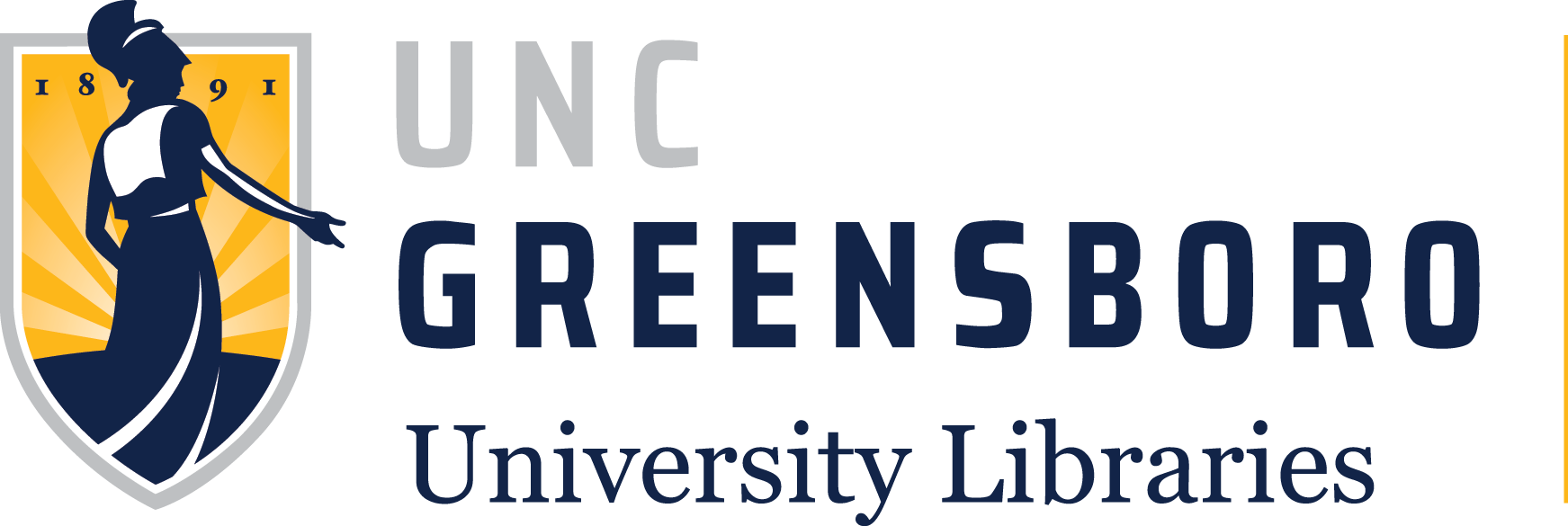Dr. Mary Emily Lapham Collection
Scope and Contents
The collection consists primarily of letters written by Mary Lapham during her time with the Red Cross. The letters document Lapham's day-to-day activities from March 1918, when her ship sailed from New York City, until she returned to the United States in January 1920. The letters are posted from Paris, La Rochelle, and towns across Brittany in France; also, Prague, Petrovatz, Marienbad, and the Children's Camp at Nizni Smokovec in Czechoslovakia.
In addition to the letters from Lapham, there are several photographs and postcards. Reports Lapham wrote about the dispensary and the children's camp are included in her writings. There are also copies of articles concerning Dr. Alice Masaryk of Czechoslovakia and Countess Teleki of Budapest that Dr. Lapham tried to have published in the United States.
Also included in the collection are letters to Dr. Lapham and miscellaneous materials, newspapers clippings, and telegraphs relating to her time in Europe.
Dates
- 1917-1920
Creator
- Lapham, Dr. Mary Emily (Person)
Conditions Governing Access
Collection is open for research.
Conditions Governing Use
Copyright is retained by the creators of items in these papers, or their descendants, as stipulated by United States copyright law. Manuscript collections and archival records may contain materials with sensitive or confidential information. Please see our Sensitive Materials Statement.
Biographical Note
Mary Emily Lapham (1860-1936) was born in Northfield, Michigan, to Jared S. and Martha Gregory Lapham. She worked at her father's bank until sometime in the early 1890s. After her father's death, she traveled to Highlands, North Carolina, where she stayed for four years before purchasing fifteen acres of land on nearby Satulah Mountain. There she built her home which came to be named "Faraway."
While in Highlands, Lapham observed the lack of medical attention received by the local population, especially women. Lapham's observations finalized her decision to study medicine. She left North Carolina to attend Women's Medical College of Philadelphia, from which she earned her M.D. in 1900. She then traveled to Germany, Austria, and Switzerland for advanced study.
After returning from Europe, Lapham settled at "Faraway" with her friends Caroline Barker and Edith Bloomer Dougall, along with Edith's adopted daughter, Valerie Ashton-Dougall. The ladies were especially interested in music, particularly opera, and would often travel to Europe for operatic festivals.
In 1908, Dr. Lapham built Highlands Camp Sanatorium, a facility for the treatment of tuberculosis, where she specialized in pneumotherapy. The hospital operated for ten years before it burned in January of 1918.
In March 1918, Dr. Lapham set sail for France on a Red Cross Medical Mission. She was station in La Rochelle, France, were she set up a dispensary and hospital for refugees. When the dispensary closed after the conclusion of WWI, Dr. Lapham was reassigned to another Red Cross mission. From January through March 1919, she traveled through Brittany, France, giving mother/baby health clinics. In April, Dr. Lapham was appointed physician to the Red Cross's Czecho-Slovakian Commission, and was assigned to Prague, then Petrovatz. From August through September 1919, she assisted the Red Cross in taking five hundred refugee children into the Tatra Mountains for a health camp. Dr. Lapham returned to the United States in early February of 1920.
Lapham then served as head of tuberculosis research work at Johns Hopkins University and later at the University of Pennsylvania.14 She became the first woman president of the American Sanatorium Association, today's American Thoracic Society. She was also a stalwart advocate of woman suffrage.
Mary Lapham died at her winter home in St. Augustine, Florida, in 1936, at the age of 75.
Extent
0.63 Linear Feet (1 manuscript box, 1 half-manuscript box)
Language of Materials
English
Metadata Rights Declarations
- License: This record is made available under an Attribution-NonCommercial 4.0 International Creative Commons license.
Method of Acquisition
Purchased from dealer in June 2008.
Offensive Language Statement
The UNC Greensboro University Libraries collects, preserves, and makes accessible unique and historical materials for learning and research. The nature of historical materials is such that some material may represent positions, norms, and values that are offensive and objectionable. These materials represent the opinions and actions of their creators. By providing access to these records in our reading room and through our digital collections, we recognize that archives and rare books can play a vital role in holding those creators accountable and in helping us learn from the past.
Our finding aids and other collection descriptions may occasionally re-use language provided by creators or former holders of the materials, but we strive to place outdated or offensive terminology in context. That said, we recognize that we may not always make the right decision and welcome feedback from all sources so we can learn and adjust our practices. Please contact us at scua@uncg.edu if you encounter problematic language in our finding aids or other collection description. We will review the language and, as appropriate, update it in a way that balances preservation of the original context with our ongoing commitment to describing materials with respectful and inclusive language.
Processing Information
Jennifer Motszko, February 2009
- American Red Cross
- American Red Cross
- Czechoslovakia -- Description and travel
- France -- Description and travel
- Lapham, Dr. Mary Emily
- Women and the military
- Women in war
- Women veterans
- Women veterans -- United States
- World War, 1914-1918
- World War, 1914-1918 -- Participation, Female
- World War, 1914-1918 -- Women -- United States
- Title
- Dr. Mary Emily Lapham Collection
- Status
- Completed
- Author
- Jennifer Motszko
- Date
- 01/10/2009
- Description rules
- Describing Archives: A Content Standard
- Language of description
- English
- Script of description
- Latin
- Language of description note
- eng
Repository Details
Part of the Martha Blakeney Hodges Special Collections and University Archives Repository
